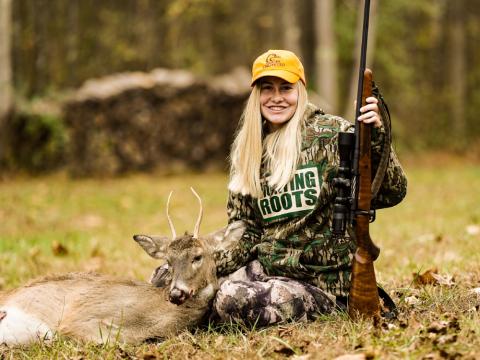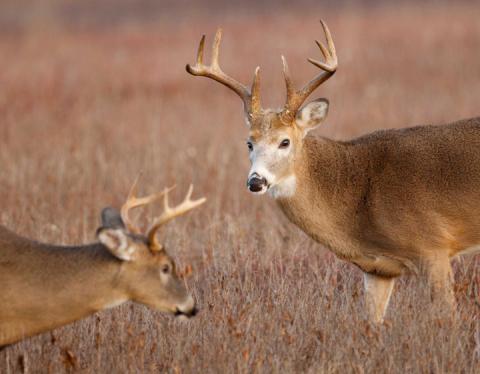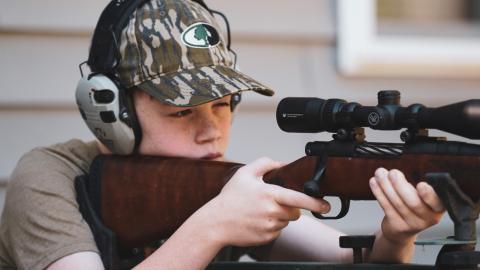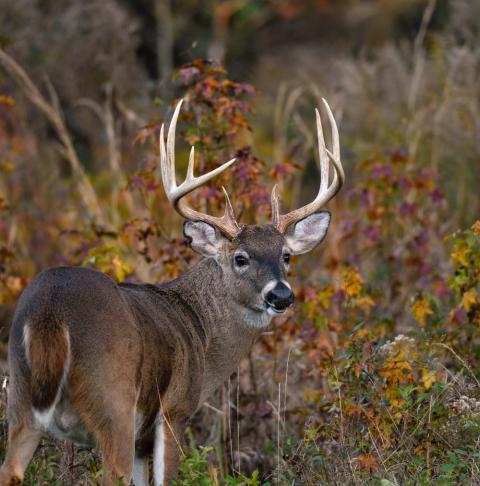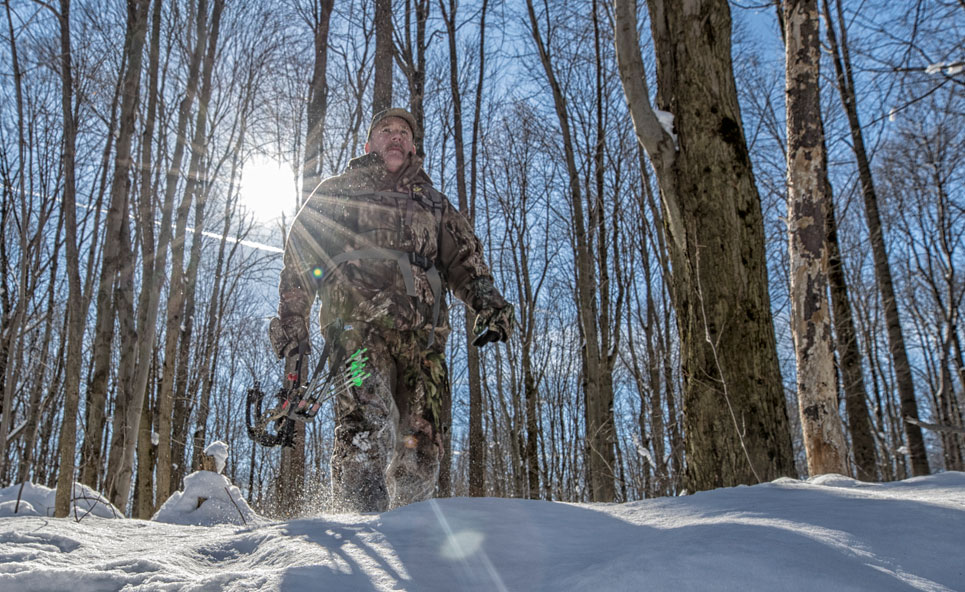
Mother Nature’s winter is always beautiful. Scenes transform right before your eyes with snow-covered trails and glistening frozen lakes. Enjoying that view, however, becomes challenging if you’re dressed inappropriately for the bone-chilling elements.
With the right winter gear, you don’t have to miss out on any outdoor activities. Try these nine winter gear essentials so you can enjoy your favorite outdoor pastimes even when it is chilly.
1. Soft shell jacket
Soft shell hunting jackets are lightweight, wind resistant and ideal for thick brush-filled terrain. This type of jacket usually comes in two layers: a warm inner lining made from fleece and an outer shell that’s waterproof and windproof. This dual layer system allows you to focus on your hunting base layer instead of wearing an additional middle layer. And because you’re wearing fewer garments for the same effect, you have more range of motion.
These jackets are also breathable, wicking sweat from the lower layers, so it evaporates and your prey can’t detect your location.
2. Thermal base layers
The lower the temperature, the more layers you need for maximum warmth. A proper base layer is made of warming materials like wool or fleece but is comfortable to wear. Never wear cotton during the winter especially when fishing because cotton retains water.
When shopping for a base layer, make sure the garment wicks sweat. The idea is to stay warm and dry, so try to avoid garments that claim to keep you cool. Consider investing in layers with odor-fighting capabilities since these garments have direct contact with your skin.
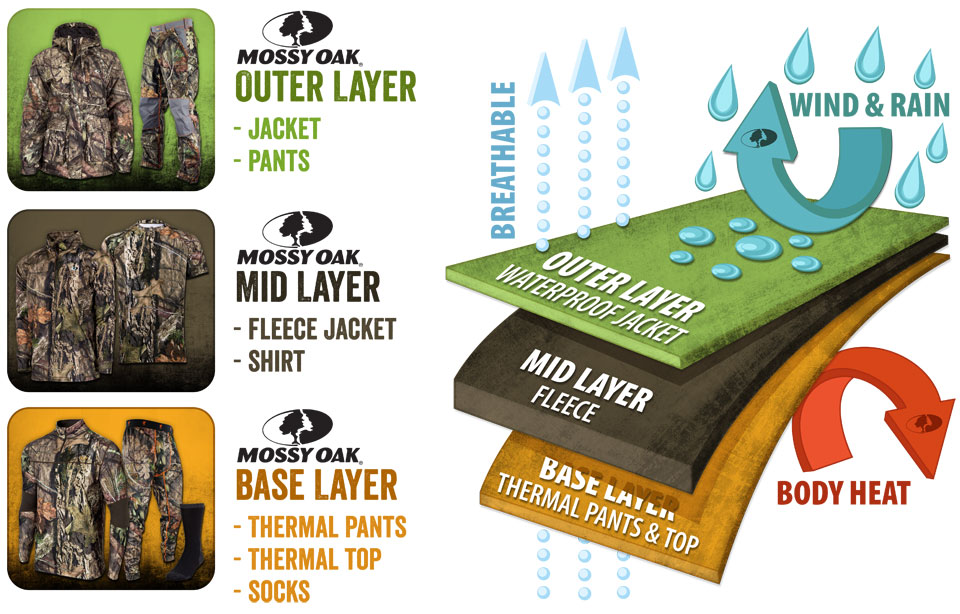
3. Wader/soft shell pants
Your best option against the cold is a pair of fleece-lined, soft shell wader pants. Even if you’re out hunting in the woods, you need to make sure your legs are well-protected. Most wader pants have stretchy reinforcements around the knee and bottom area, helping the fabric last longer. These pants also offer wind protection, ensuring you’re still warm even when it’s dry.
4. Wool socks and toe warmers
To learn the best way to warm your legs and feet, look at how winter anglers gear up for the cold. More than likely you will find them wearing at least one pair of wool socks. Choose a pair of wool-blend socks instead of 100 percent wool if you’re concerned about thickness.
If wool socks aren’t enough to warm your toes, consider using a toe warmer. Always make sure there’s enough room inside the shoe to fit your feet, socks and warmers.
5. Insulated boots
Picking the right boot for your winter gear kit is critical in preventing injuries. Not only do you have to worry about keeping your feet warm, but you also need to make sure they provide ample support for the activity you are participating in.
The kind of boot to get depends on your primary activity. When wading through piles of snow or water, a neoprene rubber boot is your best bet. These boots reach halfway up your calf and prevent snow and water from entering. Neoprene boots provide the best protection for duck hunters and anglers.
When deer hunting or mountain hiking with little to no snow, then a sport utility boot is a better option for traction, mobility and comfort.
6. Balaclava and gloves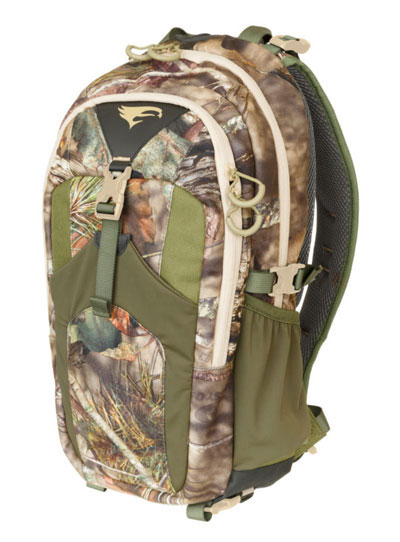
Always make sure your gloves give you enough grip and mobility. For hunting, hiking and farming, the ideal glove is something waterproof, breathable and warm. Look for gloves with textured grips on at least three fingers (thumb, index finger, middle finger).
For fishing, find gloves that allow you to expose your thumb and index finger. These will usually have tips you can pull back to reveal a portion of your fingers. Don’t let cold hands be the cause of a missed strike!
Don’t forget the hand warmers. Single-use hand warmers can be placed inside your gloves and use a chemical reaction to generate heat. For multiple uses consider pocket-sized rechargeable warmers with three temperature settings to keep your hands comfortable while sitting in your tree stand watching your prey or waiting for a fish to bite.
Meanwhile, a balaclava (or a face mask) provides adjustable protection when necessary. Regardless of whether you’re hunting, fishing or just spending time outdoors, a fleece balaclava can keep you warm. A balaclava can also be worn under hats to provide protection from the elements along your neck, cheeks and chin.
If you’re not into face masks, wear a beanie instead. While it can’t warm your face or neck, wool beanies provide much-needed warmth for your head and ears.
7. Expandable day pack
Day packs designed for the outdoorsman usually feature camo patterns, along with extras like butt stock storage. Some even have dedicated meat shelves.
Regardless of the extras, the most important thing to consider is the pack’s capacity. It’s usually measured in cubic inches, and the common packs can hold up to 2,000 cubic inches. Bigger packs have capacities of 5,000 cubic inches or more. Keep in mind the more you can fit in the pack, the more weight you need to lug around.
Search for an expandable pack so you can regulate how much weight you’re carrying. And make sure your pack already has a hydration reservoir (also called “bladder”) included.
8. A portable heater
Whether you are on a winter camping trip, sitting in duck or deer blind, in an ice fishing shack or warming your toes after a hiking excursion, a portable heater is a great idea.
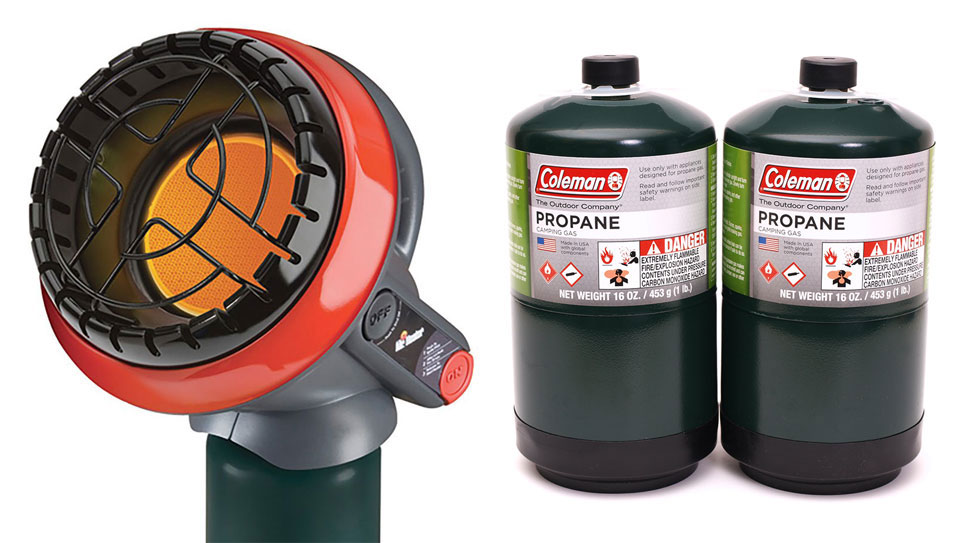
9. Portable boot dryer
A boots dryer is an innovative gadget that allows you to easily dry your boots at the end of a long day or even during the day in your vehicle if they get wet. The dryers use hot or cold air flow and won’t damage your boots and they prevent you from getting foot fungus from wearing wet footwear. You can even use them to dry your hat and gloves.
Final thoughts
Preparing for the cold weather doesn’t have to be a stressful scenario. Don’t find yourself ill-prepared for cold temperatures. With a few key investments on your winter gear, you can ensure a safe, rewarding and enjoyable outdoor experience.

















